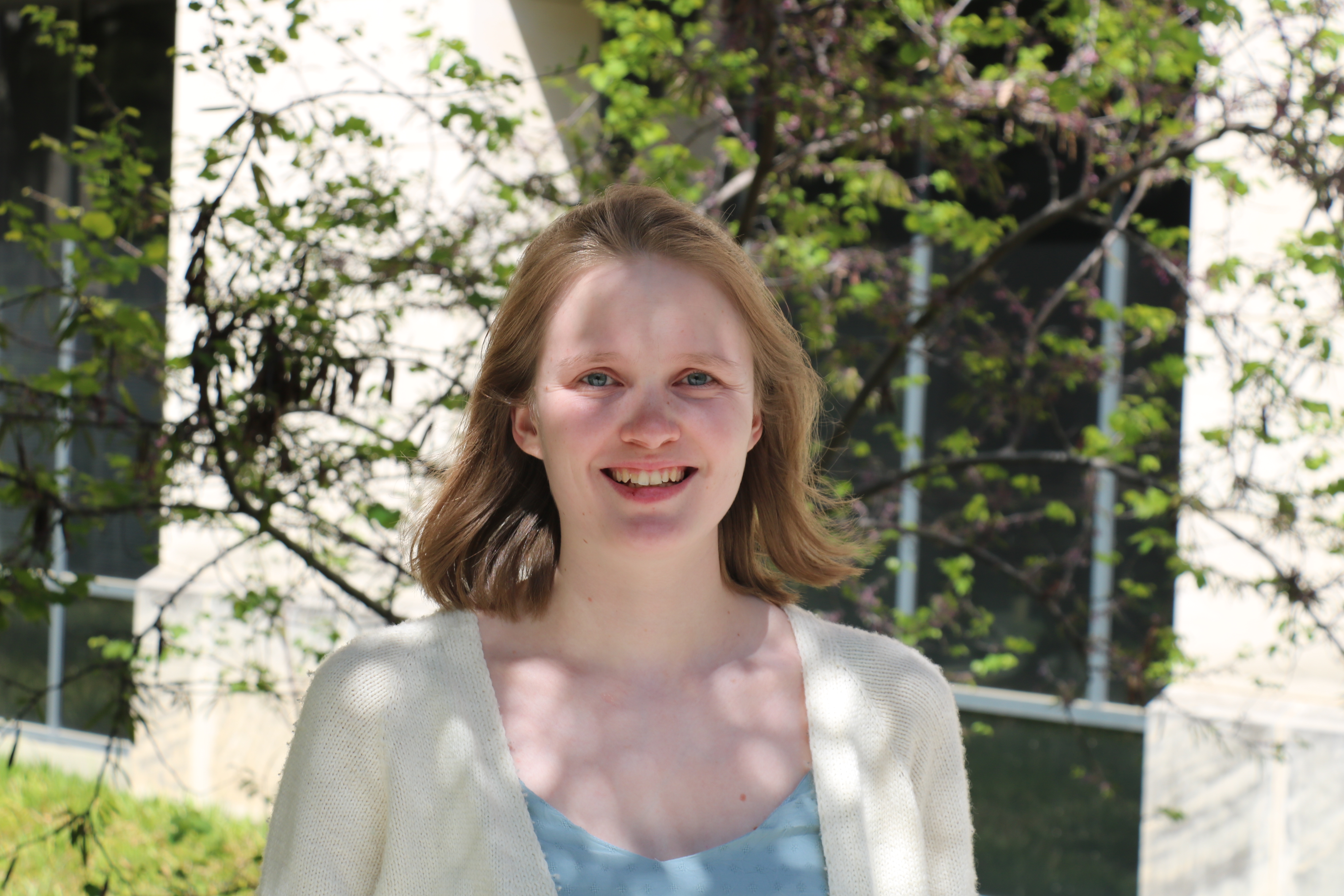Casey Stowers is a third year CSEM student at the Oden Institute. She was recently awarded a National Science Foundation Graduate Research Fellowship Program (NSF-GRFP). This provides Stowers with three years of funding ($34,000 stipend and $12,000 for the cost of education each year). She is using it to work in Tom Yankeelov’s Center for Computational Oncology where she is designing models that would predict the response of breast cancer patients to neoadjuvant therapy.
Stowers grew up primarily in central Illinois, but spent a good portion of her life moving around due to her father’s job working for Caterpillar. “I’m mostly from Illinois, but my family moved a lot when I was a kid, so I've lived in Illinois, Colorado, Dubai and Belgium,” she said.
In high school, she lived between Argonne National Lab and Fermilab, the national particle physics and accelerator laboratory, which allowed her to participate in research at Argonne and attend several talks at Fermilab.
Stowers then attended Purdue University where she completed her BSc in Industrial Engineering.
“I studied industrial engineering at Purdue because that was the most computational engineering they had. Generally, the professors who were doing optimization or computation type research were all in that department.”
During her undergraduate degree Casey worked with a professor in mechanical and biomedical engineering on reconstructive skin surgery modeling at Purdue. “That's where I got really into research,” she noted.
She was also a computing intern for two summers at Lawrence Livermore National Laboratories (LLNL) working on deep learning models for optics inspection at the National Ignition Facility.
Computational science and engineering appealed to Stowers because of its applications in a variety of different fields, ranging from environmental science to medicine. “I like that I can make an impact in almost any field without having to be an expert in that particular subject.”
